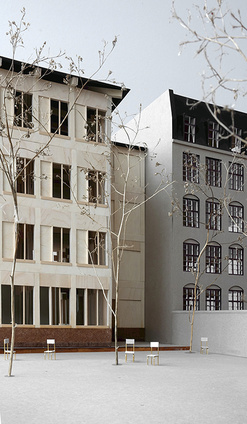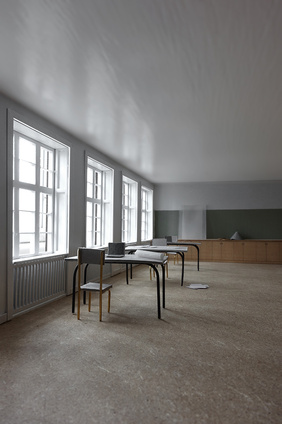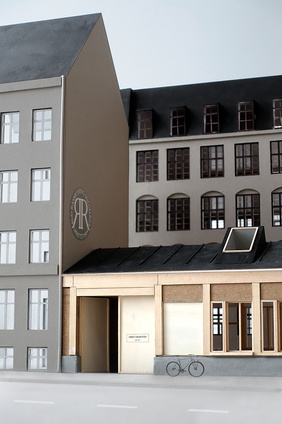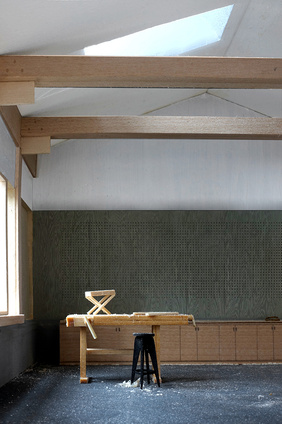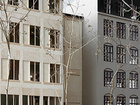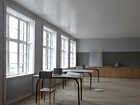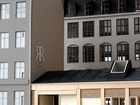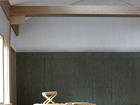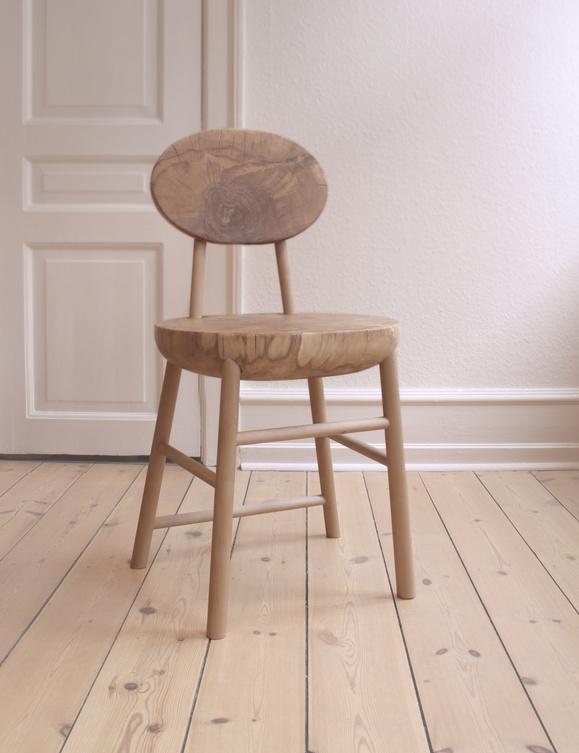A street isn’t just a street. It can contribute in various ways to a city and the life of a city, on the basis of whether it is dense or open and dominated by housing, shops, offices or cafés. Meet Nanna Kley-Jacobsen and Victor Fruergaard. In their joint final project they tackled Stengade in the Nørrebro district of Copenhagen, using craftsmanship as the focal point for transforming, and breathing new life into this old street.
Please provide a brief introduction to your final project – what is it all about?
We called our project ‘Craftsmanship - Transformation of Stengade’. The project consists of three parts and is an urban densification strategy for the whole of Stengade, aimed at making it a city street once again by adding new buildings that contain both housing and commercial premises. In addition, we add a new public workshop (also a new building), which will enable local residents to try their hand at working with wood, metal etc. The last part of the project is a restoration of the existing buildings, in which the Rud. Rasmussen carpentry workshop has always produced furniture. This part is mainly about energy improvement of the façades, so the listed buildings are integrated into the new future of Stengade as a place in Nørrebro, whose identity is associated with handicrafts.
What was your motivation for this final project in particular?
Initially what motivated us was the issue of a centrally located city street in Nørrebro, which was suffering from the interventions, which took place during redevelopment in the 1980s. Our starting point was an article in Politiken by Søren Ulrik Thomsen entitled ‘Tear the City Down!’ The poet expresses his opinions, about the problems Stengade in particular encountered following redevelopment in the 1980s, when back buildings and several town houses were demolished, and the city lost its density and urbanity. We became fascinated by the dense city street and its craftsmanship. In several places in the surrounding streets we noted the city’s density, which was crucial in terms of the urbanity of the rest of Nørrebro.
Craftsmanship is a big part of Stengade’s history. Prior to the redevelopment, there was one workshop after another along Stengade. The only one remaining was the Rud. Rasmussen carpentry workshop, which in 2016 decided to move production to Funen. This made the project even more topical.
Did you work with other people during the process, and how did that affect your work process?
We had regular contact with Områdefornyelse Nørrebro, which provided us with an insight into the life and the current development plan for Stengade. We were also regular visitors to the Rud. Rasmussen Carpentry Workshop. We followed them from their relocation to the on-going restoration, and talked to their cabinetmakers and craftsmen.
In what way do you imagine your final project will make a difference?
We hope to create impetus for the revival of traditional crafts. We believe that there is still a place for craftsmanship in a big city: in a new form, available to people who fancy constructing a stool or making their own Christmas presents.
What are the most enjoyable and the most difficult aspects of the way you work on architecture?
The fact that by working on architecture you learn about various sciences and environments and, in your own way, help to shape the world we live in.
What do you think is your greatest strength as KADK architecture graduates?
As KADK architects our greatest strength is our capacity to pinpoint the problem of a given place and situation, and to come up with proposals for improvement by making use of certain resources that we love working with. We can make use of everything from a plaster model to a photo from a research trip.
Where do you see yourselves career-wise in five years’ time?
We will be more experienced in five years’ time – and maybe we’ll also have brought down Trump!


